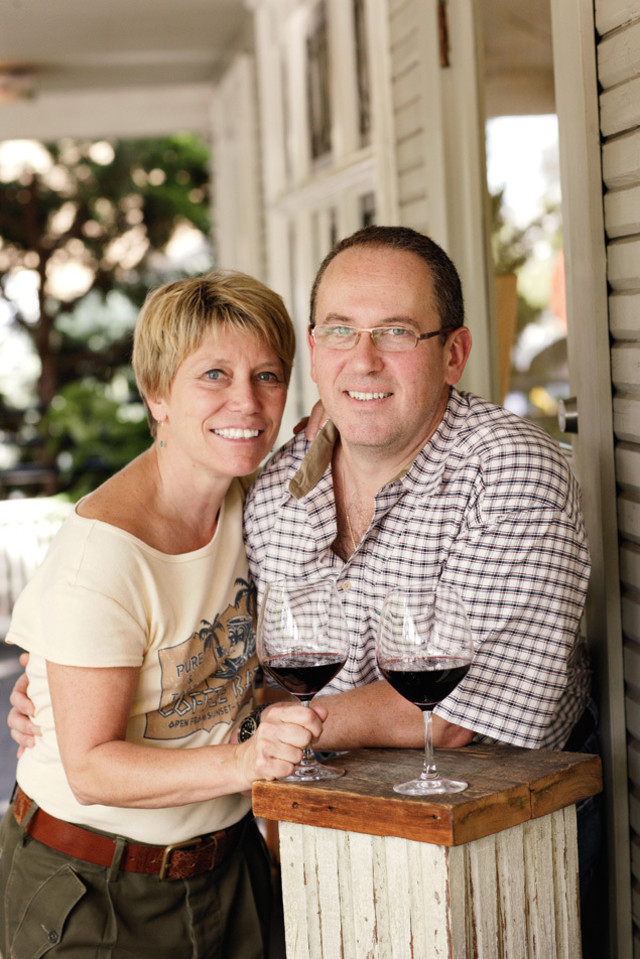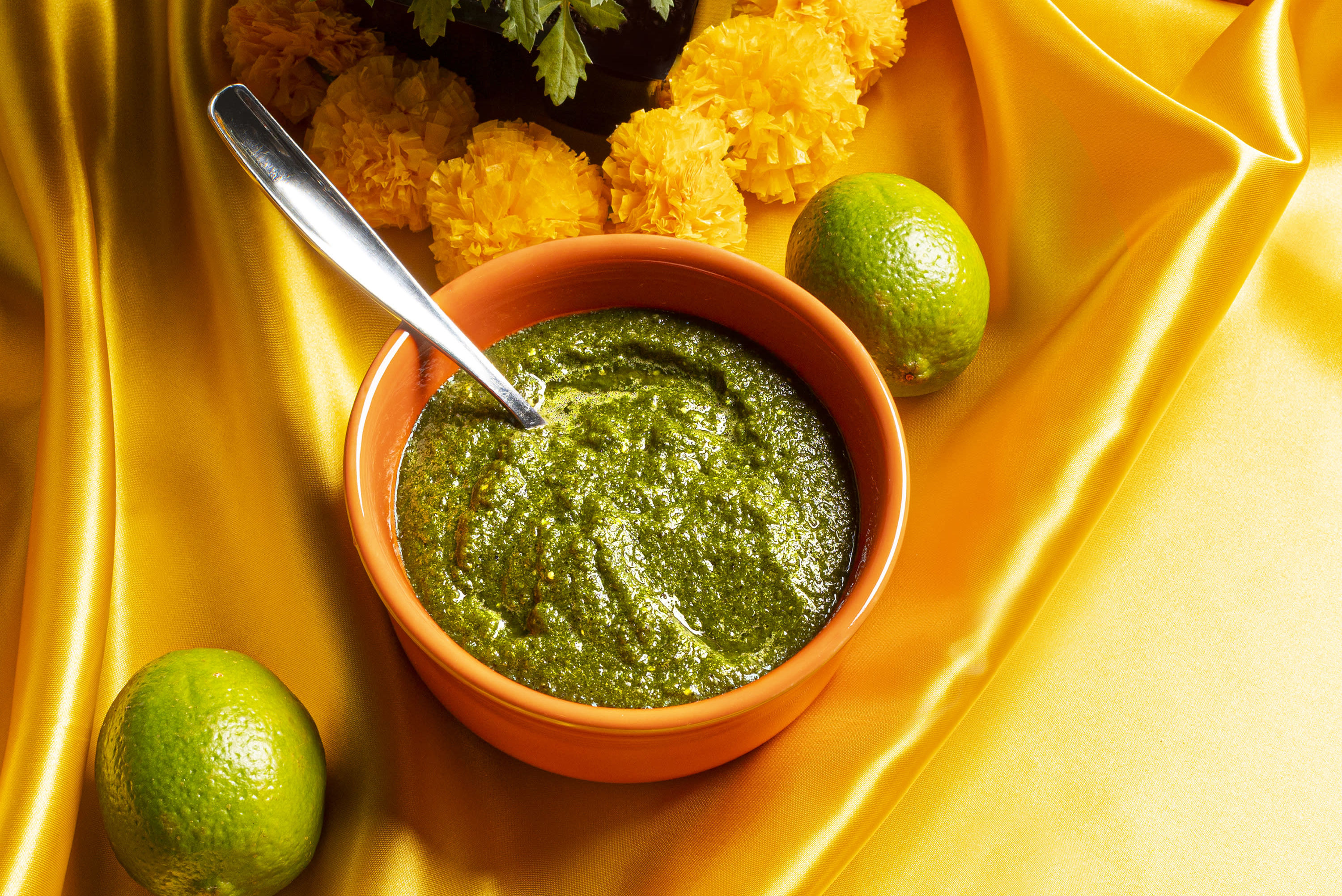American French Fries, Paley-Style

Image: John Valls
A FEW DAYS AGO, a chef friend and I were grousing about the omnipresence of a certain Food Network superstar, cookbook author, and media mogul. Rachael Ray’s saccharine smile beamed at us on television, in the grocery store checkout line, even from the box of crackers we’d just opened. (I tried to soothe my friend by scratching out her photo, to no avail.)
“She’s one of the best-selling cookbook authors ever,” my buddy lamented. I agreed. To me, her pervasive image only deepened my sense that cookbooks, and cooking, have become less about artistry than about celebrity.
A few days later, when I share similar concerns with Vitaly Paley, Portland chef extraordinaire and owner—with his wife, Kimberly—of the venerable Paley’s Place Bistro & Bar, he agrees. “We might as well evolve into a toothless country that eats boneless chicken on a bun,” says Vitaly, who emigrated from Russia as a child. Yet he does not despair. “I sometimes feel,” he continues, speaking of the chefs in Portland, “that we’re the chosen people in the restaurant world, the 1 percent who will bring people back to what food is supposed to be.”
If this is true, it’s largely because of the Paleys’ commitment over the past 13 years to serving sustainable, seasonal cuisine—a commitment that also drives the tone of their recently released first book, The Paley’s Place Cookbook: Recipes and Stories From the Pacific Northwest. It’s as much a love letter to the region and its farmers (not to mention an ideological manifesto) as it is a compendium of recipes.
“When we opened in February 1995,” says Vitaly, “our mission was good food on a plate, smile, that’s it. Now we’re ambassadors, talking about mistakes in the industrial food chain.” By “mistakes,” Paley means things like serving food out of season, or failing to use every part of an animal. Hence recipes like “Crispy Sweetbreads and Crayfish Boil” and “Lamb Necks in Pinot Noir,” which appear in his book. The key to serving such visceral bits to wary diners, says Paley, is to serve them within a familiar context: “Anything with bacon, people will eat.”
Of course, not all portions of the cookbook are so exotic. One particularly affecting chapter illustrates how the qualities we ascribe to food—whether fast, slow, haute, or low—have less to do with things like politics than with the care we take in preparing and consuming it. In “Why French Fries Are American,” Vitaly writes that he and his mother try to eat the fast-food staple together once a year, “to celebrate our arrival in this country.”
This explains why Paley decided to include a recipe for “American French Fries.” Lest you think he’s gone Rachael Ray on us, however, note that he suggests serving the fries with aioli and an American Kobe beef burger served on homemade brioche…with bacon.

American French Fries
According to Vitaly Paley, French fries should be fried twice: “once to cook them so they fluff inside and then to get them crispy on the outside.” Makes about 4-6 servings
INGREDIENTS
12 cups grapeseed or canola oil
3 large russet potatoes, washed, cut lengthwise into ½-inch-thick batons, and placed in a bowl of cold water
Kosher salt to taste
(1) Preheat oven to 300 degrees.
(2) In an 8-quart soup pot, heat oil over medium heat until it reaches 320 degrees on a deep-fat thermometer. Keep thermometer attached to the side of the pot at all times. When oil is at temperature, increase heat to high.
(3) Drain potatoes, pat dry, and drop a third of them into hot oil. The temperature will drop to 300 degrees.
(4) Continue cooking, without disturbing potatoes, until oil heats back to 320 degrees, about 5 minutes.
(5) Remove potatoes with slotted spoon or tongs. Shake lightly over pot to drain excess oil, then place on a baking sheet and keep warm in oven.
(6) Repeat with the rest of potatoes, making sure thermometer reads 320 degrees before dropping each batch in.
(7) Once all potatoes have been fried, combine and fry a second time at 320 degrees, about 3 minutes.
(8) Shake off excess oil, transfer to a large serving bowl, and sprinkle with salt to taste.
(9) Serve immediately with a mixture of 3 tbsp whole-grain mustard and 1 cup aioli on the side.




